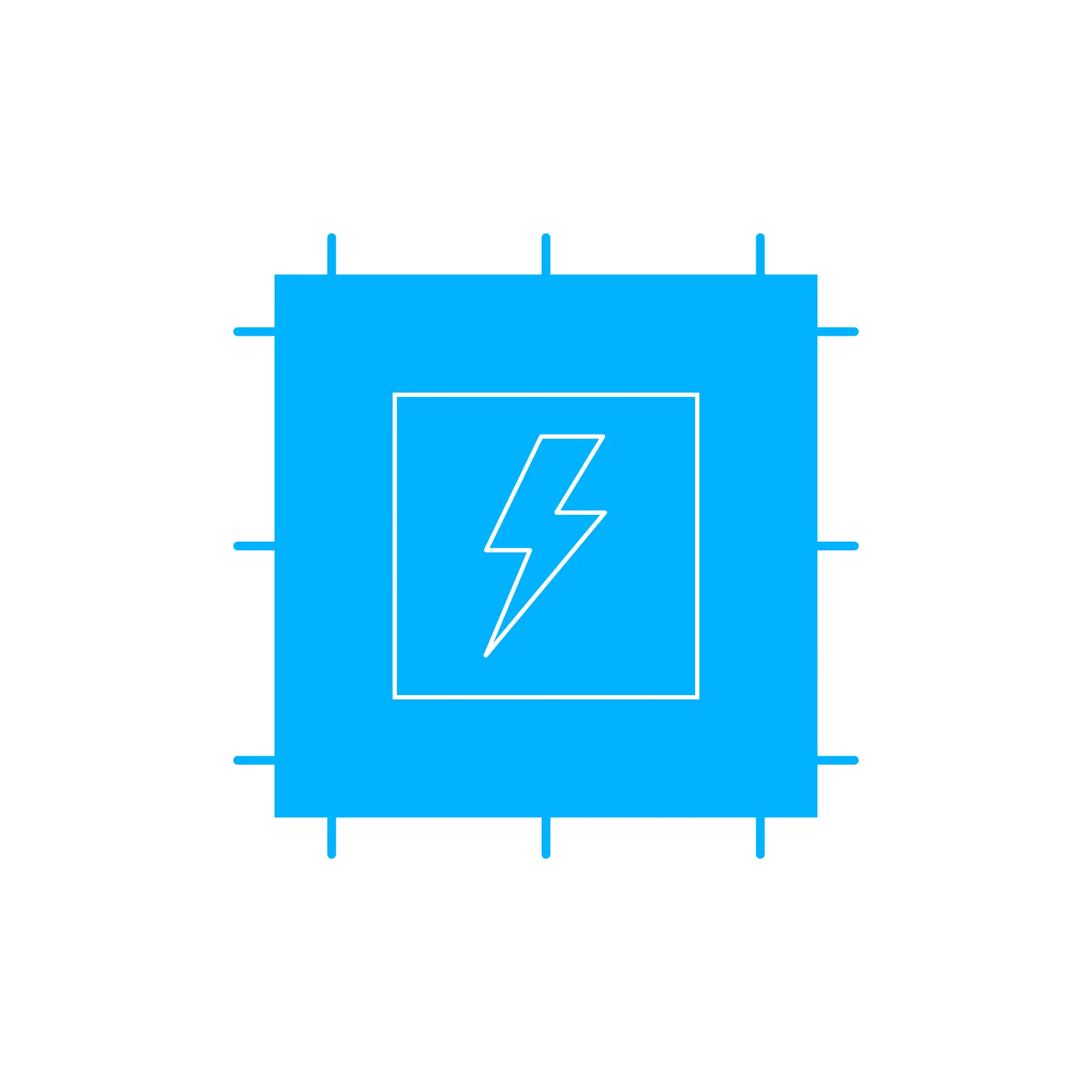HANDLE Electric Components and Switches for Demanding Engine Applications
Electric components and switches form the control backbone of propulsion and power-generation systems. In diesel and gas engines—on board vessels, in power plants, or in industrial installations—these devices route power, acquire sensor data, protect circuits, and enable safe, precise operation. The category Electric components and switches includes sensors, relays, contactors, solenoids, circuit breakers, protection modules, control switches, pushbuttons, rotary selectors, and emergency-stop interfaces. When specified and maintained correctly, they stabilize performance, shorten start-up times, improve fuel efficiency through accurate control, and elevate operational safety.
HANDLE electric components and switches: technical function in marine engine and diesel engine systems
Within any modern engine, electricity coordinates the entire process from start to stop. Starters and preheaters receive power through heavy-duty contactors; governors and ECUs interpret speed, temperature, and pressure via robust sensors; fuel and air systems actuate through solenoids and stepper modules; and human-machine interfaces rely on sealed toggle, pushbutton, and rotary switches. In marine applications, interfaces extend to bridge consoles and local engine panels. HANDLE marine engine environments demand components that endure vibration, salt mist, and thermal cycling without signal drift or contact degradation.
In diesel platforms, logic and power distribution are built around 24 VDC rails, with CANbus (J1939) or Modbus facilitating communication. Reliable switching prevents voltage dips that can reset ECUs; well-calibrated sensors support precise injection timing and turbocharger protection; and circuit protection eliminates cascading faults. HANDLE diesel engine controls depend on tight tolerance components—contact resistance, coil inductance, hysteresis, and debounce characteristics all matter for repeatable performance. When planning replacements or upgrades, HANDLE OEM parts alignment preserves pinouts, calibration curves, and EMC behavior across the harness and controllers.
Key characteristics and advantages at a glance
- · Robust housings with high ingress protection for harsh engine rooms.
- · Vibration-resistant terminals and connectors for stable signals.
- · Accurate sensing (speed, temperature, pressure) for optimized control.
- · High-cycle relays/contactors for starters, pumps, and blowers.
- · Integrated suppression and EMC filtering for clean communication.
- · Clear status indication (LEDs, flags) to speed diagnostics.
- · Consistent form-fit-function to reduce installation time.
- · Materials and coatings engineered for corrosion resistance.
HANDLE components and switches: importance for engine reliability and service life
Electrical integrity directly dictates uptime. A drifting temperature sensor can trigger premature derating, leaving thrust or output below charter or grid requirements. Pitted switch contacts increase resistance and heat, leading to intermittent shutdowns or, in worst cases, thermal damage. Welded starter relays can cause unexpected cranking. Degraded E-stop buttons or safety interlock switches create nuisance trips or fail to stop the machine when required. Corroded connectors introduce sporadic CANbus errors that complicate troubleshooting and extend downtime.
Over time, heat, vibration, and contaminants attack plastics, seals, and plating. If electric components and switches are not kept within spec, the engine may suffer poor starting behavior, unstable idle, inaccurate fueling, or impaired cooling fan control. This accelerates wear on rotating assemblies, increases fuel consumption, and raises emissions. Proactive selection of quality parts and timely replacement keeps signals within calibration, protects ancillary equipment such as alternators and chargers, and supports the long-term service life of turbochargers, injectors, and bearings.
Advantages of OEM spare parts suitable for Electric components and switches
For purchasers and technical managers, fit-for-purpose replacements are crucial. OEM spare parts suitable for this category maintain precise electrical and mechanical interfaces: matching connector keys and pin-outs, identical mounting footprints, correct contact ratings, and the same internal suppression networks that protect ECUs. This minimizes installation risk and ensures that protection thresholds, debounce timing, and hysteresis align with the control logic designed by the engine maker. The result is predictable performance with no need for re-engineering harnesses or rewriting parameters.
Traceability and consistent production processes found in OEM spare parts underpin reliability metrics such as MTBF and help sustain budgets through reduced rework and shorter service windows. They also support fleet standardization: one part number, one calibration curve, and a common spares pool across multiple vessels or sites. In short, using components that mirror the engine designer’s specifications strengthens performance, reduces lifecycle cost, and extends service intervals. For critical applications, HANDLE OEM parts selection helps preserve system behavior under load and during transients.
MOPA: your partner for HANDLE electric components and switches
MOPA is an experienced and reliable partner for OEM spare parts Electric components and switches. We focus on speed, quality, and security in the trade of OEM parts for diesel and gas engines—supporting operators who cannot afford delays. Our team assists with part-number verification, cross-referencing, and obsolescence management, and coordinates logistics for fast global delivery with careful packaging suitable for marine transport. Whether you need safety-rated switches, sealed relays, sensor assemblies, or control pushbuttons, MOPA helps you source HANDLE OEM parts that align with your engine’s electrical architecture and documentation.
Beyond supply, MOPA supports technical decision-makers with datasheets, installation guidance, and product traceability. That means fewer surprises during overhaul, shorter commissioning times, and confidence that your electrical system will operate as intended in demanding environments.
Conclusion: HANDLE Electric components and switches for reliable operation
Electric components and switches are central to safe, efficient engine operation—controlling power flow, communication, and protection in every cycle. Selecting OEM spare parts suitable for Electric components and switches safeguards performance, reliability, budget, and service life by preserving intended form-fit-function.
With MOPA as your partner, sourcing HANDLE OEM parts for diesel and gas engines becomes faster and more secure, keeping your assets running to specification in marine and industrial settings.



